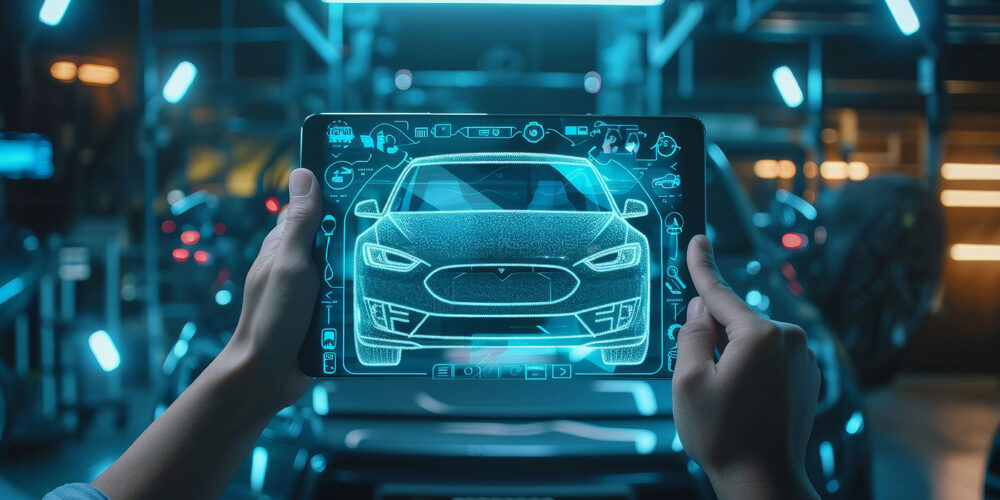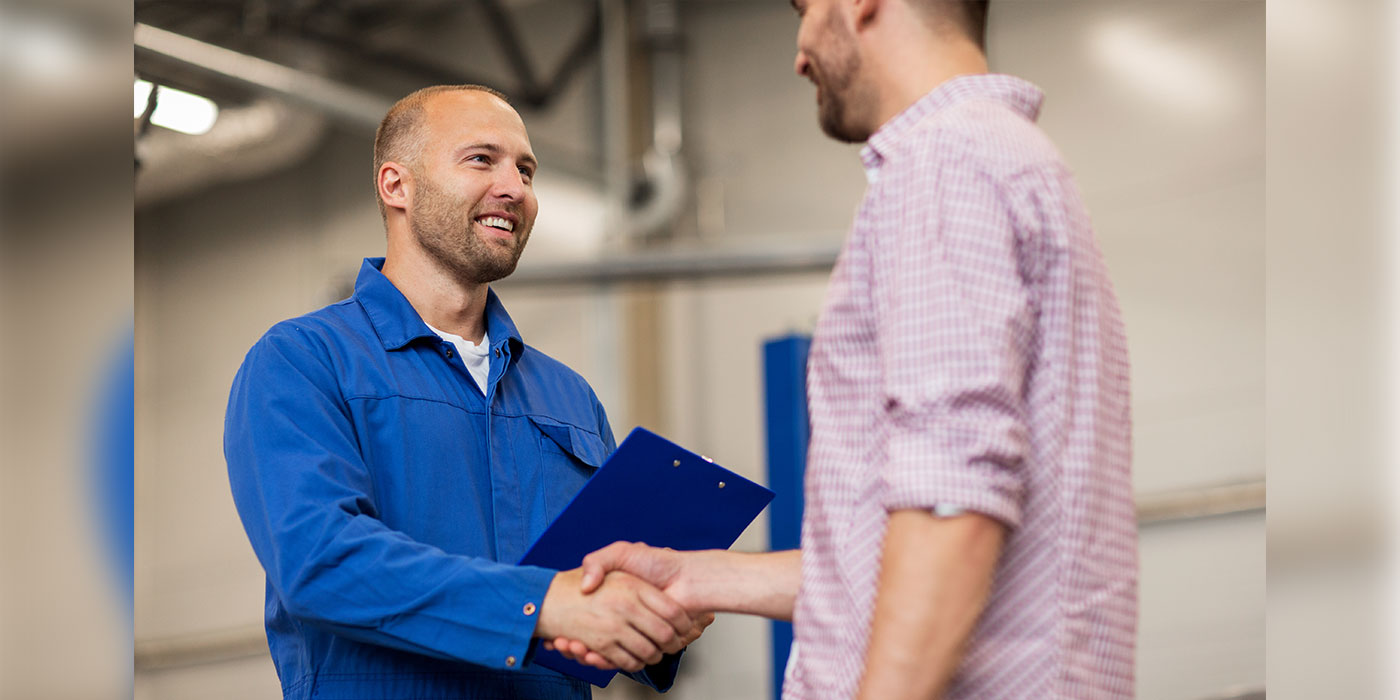Dealers continue to be bombarded with the idea to infuse a digital approach into their sales operations. Their F&I operations face ever-increasing competition from the internet as customers not only shop for vehicles online but for financing too.
Today, customers can basically bypass much of what F&I does by doing much of the heavy lifting online before they step foot in the showroom. When they do, they expect a fast, digitally driven process.
Many F&I departments responded with digital menu selling, replacing their paper menus. But a lot of dealers still use the paper menu. Which is better is an obvious question, but the answer may surprise you: It depends.
A digital menu won’t increase sales or F&I performance by itself. It’s simply a tool that helps reduce mistakes and speeds up the process for filling out a menu.
Digital menus work perfectly if there’s complete buy-in across the board. If there isn’t, digital menus may be a waste of time and money for a dealer.
There’s a big motivation, however, to shift more to digital menus and ensure everyone buys in. Millions of potential customers are shopping online for a car each day. A Cox Automotive Car Buyer Journey Study shows that 88 percent of car shoppers start online looking for information.
Since the journey begins online, engaging the customer with technology inside the dealership creates continuity. Technology doesn’t do it all for you, however.
For digital menus to work well, the same human factor in paper menu selling still needs to exist with digital menu selling. Menu selling is about how you engage with the customer, letting the customer choose options that are available to them. You give the customer control to get control.
By giving control to get control, you meet the customer on their terms, not yours. This becomes the transparent and upfront selling process customers now demand more than ever. You’re not trying to hide or manipulate numbers.
Unfortunately, there are dealerships out there still doing “box closing.” This is typically done by “trade difference” stores. They send customers into the F&I manager’s office to close the payment, which may lead to payment packing — products loaded into the payment unbeknownst to the customer.
That’s a big no-no. An auto dealer in Queens, NY, recently reached a settlement with the New York State Attorney General’s office over such tactics, and the dealer now is paying fines and paying back money to customers. It’s difficult to win back your reputation once it’s tarnished.
Bottom line: A compliant menu becomes a best practice for a dealer. It’s ingrained into the culture so that the F&I manager is upfront and the customer understands all terms of the sale before the product presentation. There is nothing stuffed into the base payment and the APR is clearly disclosed. The declination spells out all the products purchased and is designed to create a final menu that matches the finance contract.
Most in the business know and understand that customers buy from people they like and who they believe are credible and trustworthy. If they believe you are hiding or manipulating the numbers, they back away from your presentation whether it’s a digital menu or a paper menu.
If a customer says no to any of your products, you have to pivot and formulate other ideas for products that bring the most value based on their needs.
Some progressive dealers offer the customer the ability to self-desk from the minute they walk into the dealership to finalizing the transaction with a finance manager or a single-point sales associate. It’s completely transparent and upfront. The digital menu is one part of an integrated interactive process.
The dealer walks the customer through the entire process. There are no stumbling blocks to catch you off guard. Customers feel as if they are in control of the buying process. They are more engaged through these mobile apps.
A digital menu may offer the customer a video but having a conversation with the customer eye-to-eye is extremely beneficial. The idea is you are selling to the customer’s needs, not your own.
The digital menu may help you better engage the customer. It’s an ice breaker. The customer sees you as credible and feel as if they are control of the buying process by choosing the options that they want. You will have to upsell the products the customer didn’t take. But this is where the human factor enters. If you’ve done your homework you can bet the customer will buy from you, providing the chance to increase your performance.
The digital revolution is here to stay. So, dealers may need to figure out how to use technology to their advantage. Knowing how to utilize a digital menu to build a relationship with customers could be a big game changer for your F&I profit margins. Otherwise, a digital menu may be just another piece of dead iron that sits idle collecting dust.













